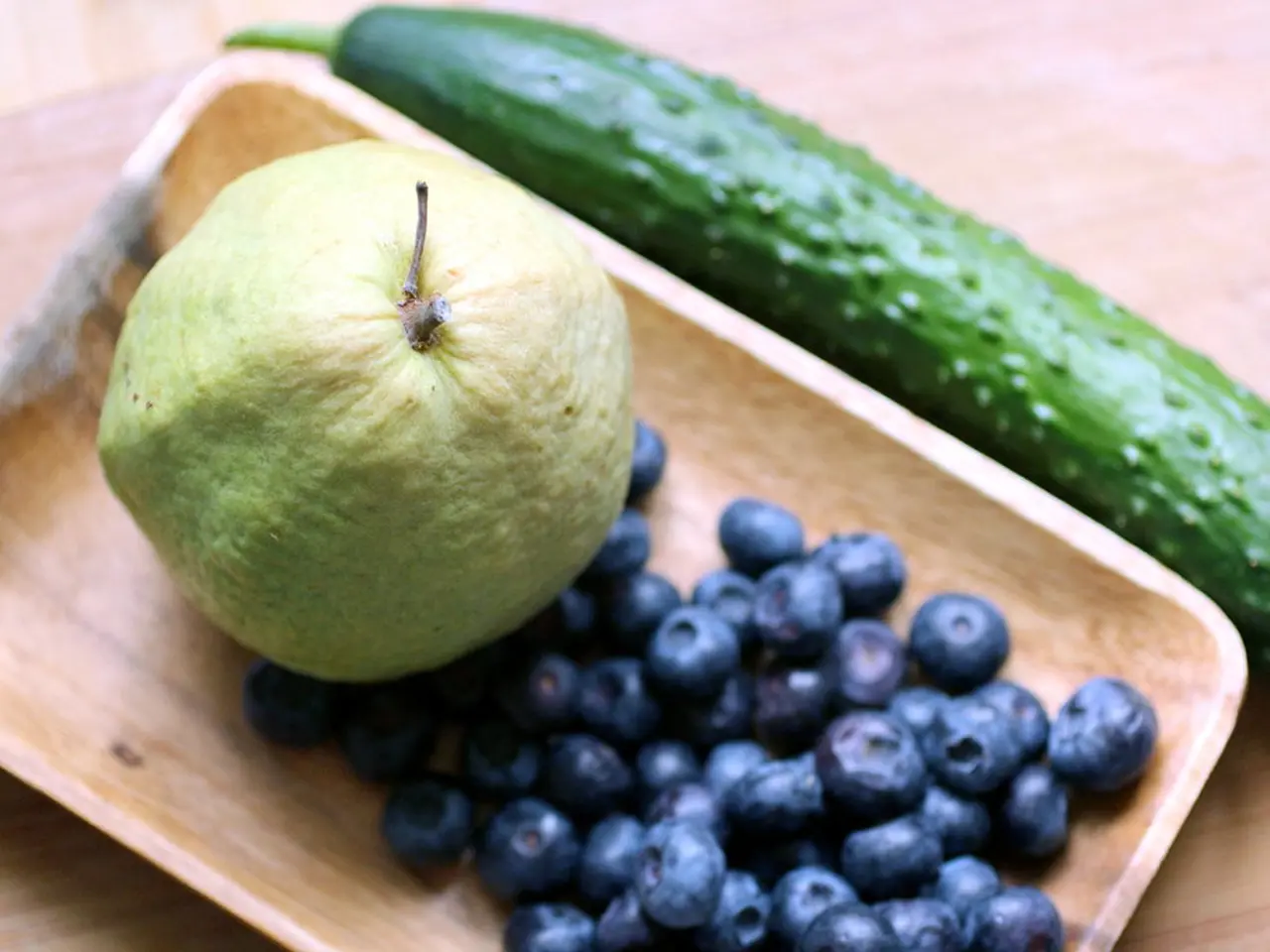Strategies for Eliminating Cucumber Beetles: A Comprehensive Guide
In the world of gardening, few pests can be as destructive as cucumber beetles. These small, winged insects pose a significant threat to a variety of cucurbit plants, including cucumbers, squash, pumpkins, and melons. Here's a guide to identifying and managing these pests based on advice from the University of Minnesota and West Virginia University.
Identification
Cucumber beetles come in two common varieties: the striped and the spotted. The striped cucumber beetle is yellowish-orange with three black stripes on its back, while the spotted cucumber beetle is greenish-yellow with 12 black spots. Both types are approximately 1/4 inch long and capable of flying between plants. They feed on leaves, flowers, and fruits, causing direct damage. Their larvae feed on roots, and these beetles are vectors of bacterial wilt and mosaic virus, which have no cure once plants are infected.
Control and Management
- Cultural Practices
At the end of the summer, remove crop debris to reduce overwintering sites for pests. In the early growing season, consider using floating row covers to exclude beetles and protect young plants. These covers should be removed at flowering to allow pollination.
- Biological Control
Attract or introduce natural predators such as soldier beetles, tachinid flies, parasitic nematodes, and braconid wasps, which prey on cucumber beetles.
- Companion Planting
Planting repellent or trap crops can reduce beetle presence. Plants known to repel cucumber beetles include broccoli, calendula, nasturtiums, radishes, rue, and tansy.
- Chemical Control
Apply organic pesticides like insecticidal soap to manage beetle populations, especially during outbreaks.
- Integrated Pest Management (IPM)
Incorporate multiple methods such as cultural practices, biological control, and targeted organic pesticides for sustainable control.
This approach aligns with recommendations from the University of Minnesota and West Virginia University extension services, focusing on identifying the pest, avoiding crop damage and disease spread, and utilizing an integrated approach for management.
By following these guidelines, gardeners can better protect their cucurbit crops from cucumber beetles and enjoy a healthier, more bountiful harvest.
- To minimize cucumber beetle infestation, gardeners can remove crop debris at the end of summer, reducing overwintering sites for pests.
- Using floating row covers early in the growing season can help exclude beetles and protect young plants, with the covers removed at flowering to allow pollination.
- Attracting natural predators like soldier beetles, tachinid flies, parasitic nematodes, and braconid wasps can help control cucumber beetle populations.
- Planting repellent or trap crops such as broccoli, calendula, nasturtiums, radishes, rue, and tansy can help reduce beetle presence in the home-and-garden lifestyle.
- Organic pesticides like insecticidal soap can be applied during outbreaks to manage beetle populations.
- To ensure a sustainable approach to controlling cucumber beetles, gardeners can incorporate multiple methods such as cultural practices, biological control, and targeted organic pesticides, following the integrated pest management (IPM) principle.




